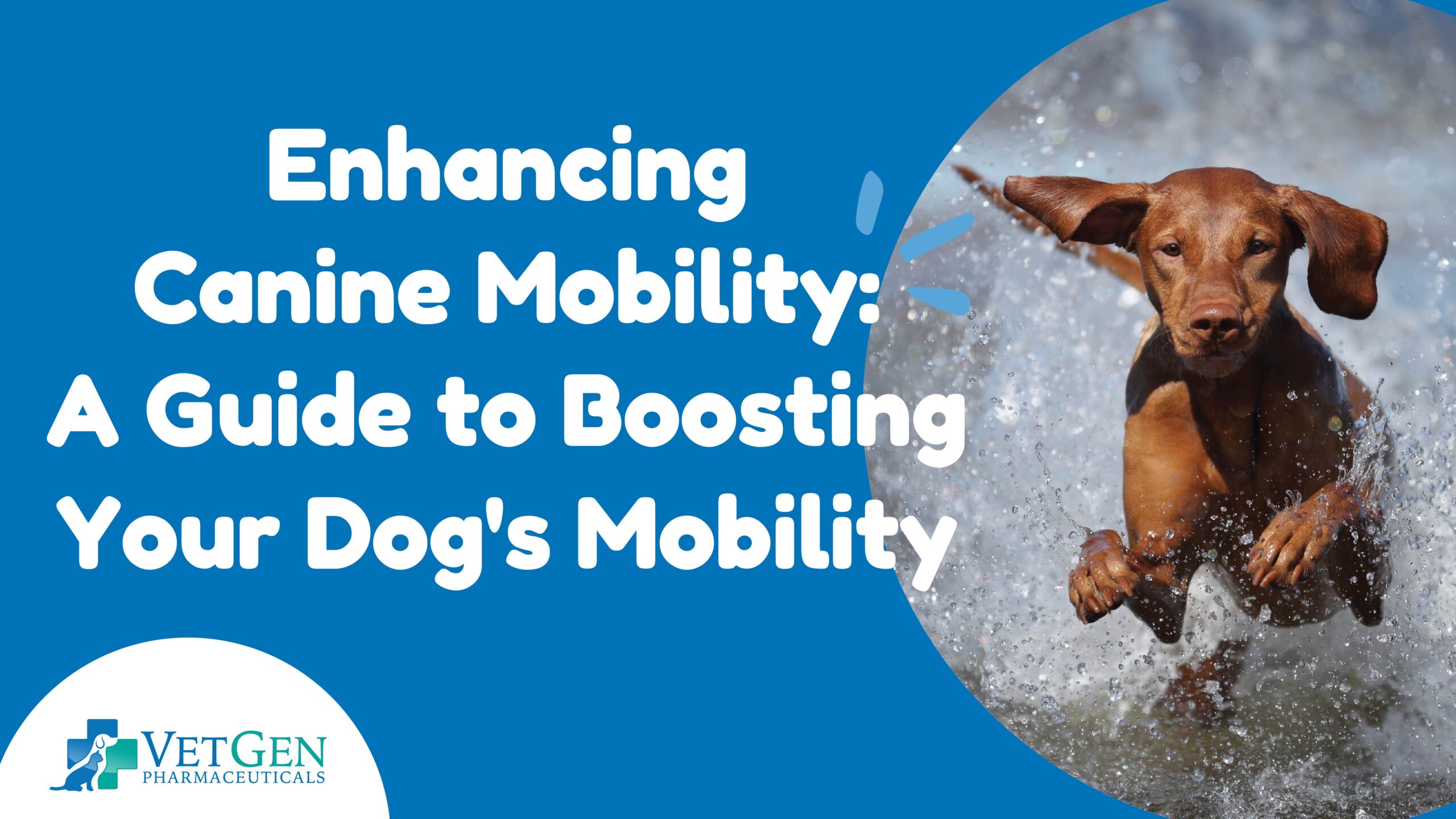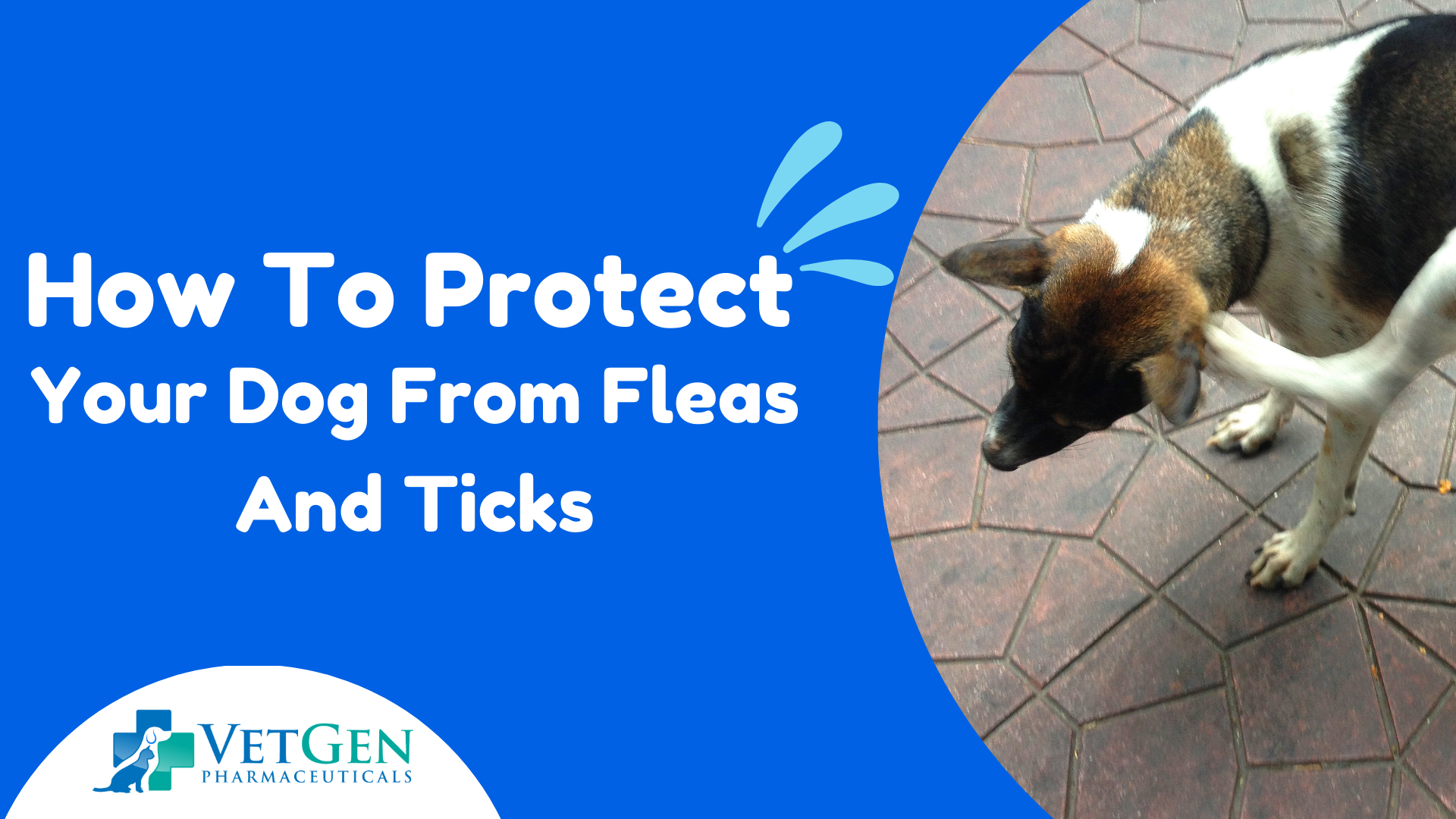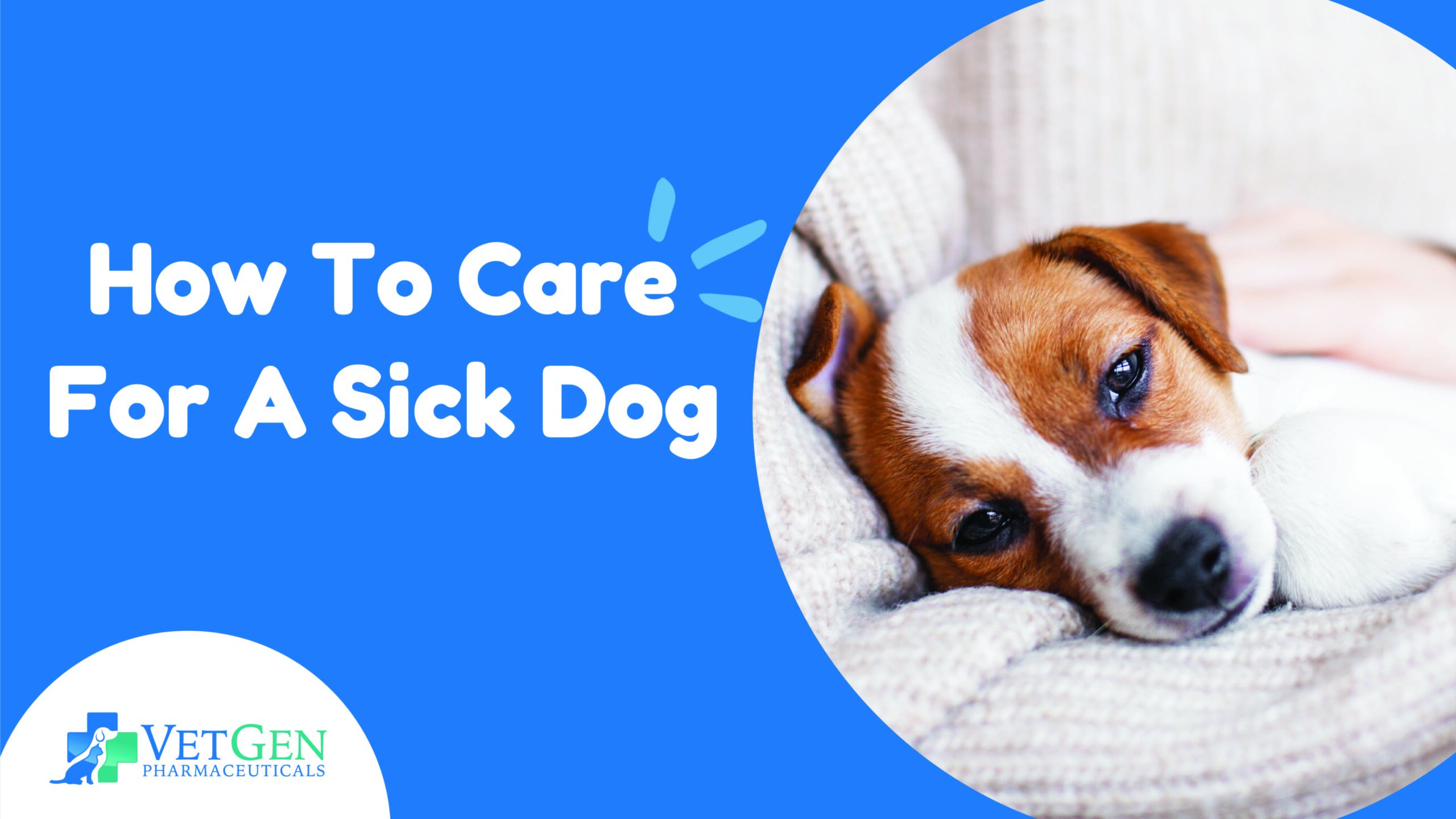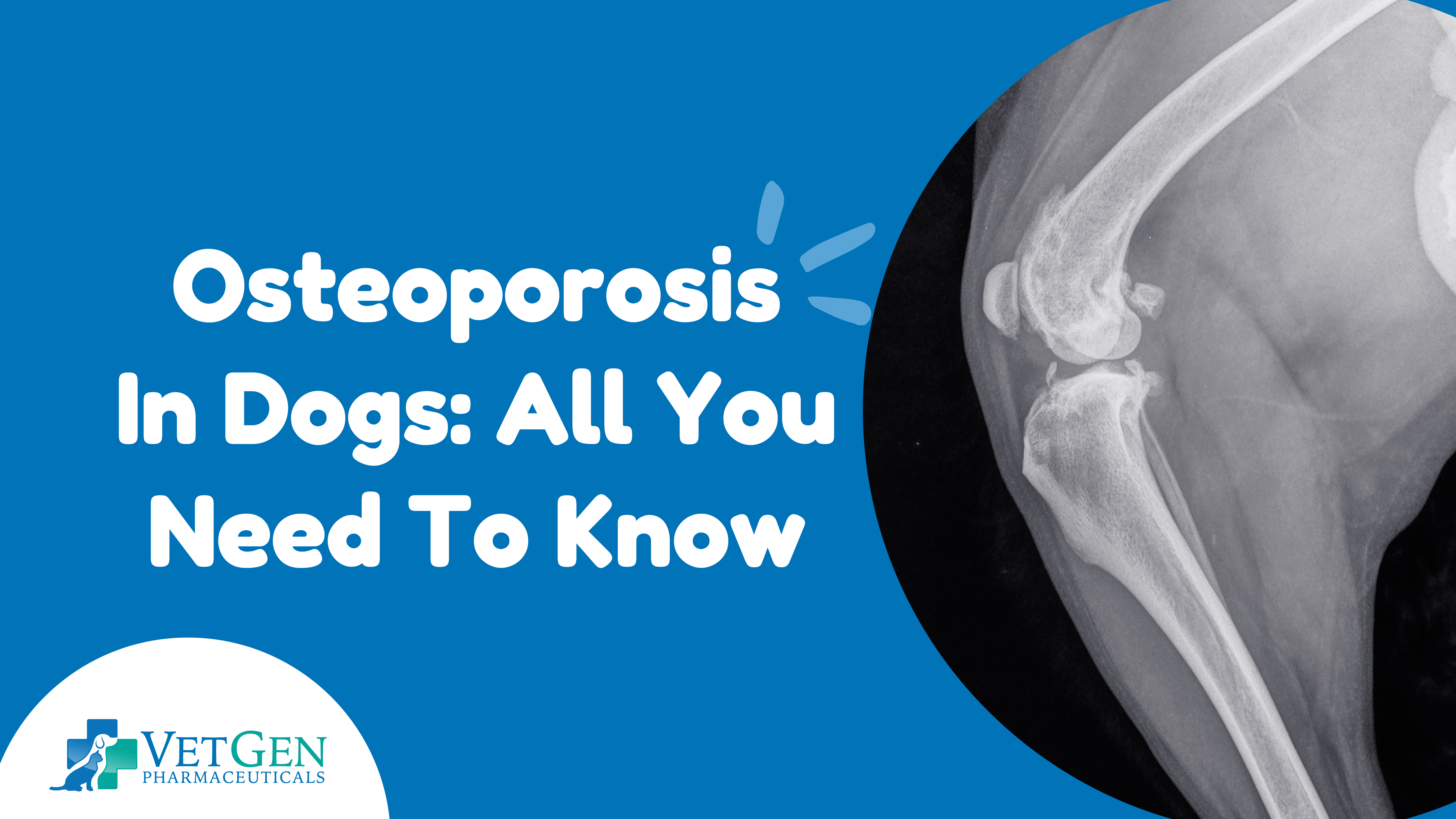Table of Contents
It’s a sorry sight to see your furry friend having challenges in mobility, like difficulty walking or running. It may be a common issue among dogs. Furthermore, it may result from some injury, health condition, or degenerative diseases like arthritis. Impaired canine mobility may be more common among senior dogs.
We will learn more about arthritis in dogs and discuss some important tips and tricks to boost your pet’s mobility. Your four-legged friend deserves to live a better quality of life and remain active at all times.
The 9 Tips and Tricks to Improve Dog Mobility
Try these to improve your dog’s mobility.
- Jogging: Jog or run with your dog for a tailored workout. Your pet’s mobility, energy, and heart will benefit from frequent exercise. You can consult a vet or dog specialist to learn about the specific and tailored service programs for your particular dog’s breed.
- Following Your Dog: It is important that you follow the pet wherever it goes. You can mark a specific location for your dog to go and then follow it. This will make it more enjoyable for the dog and you both. It will encourage them to keep walking and feel more excited about it. It will automatically enhance its endurance, energy levels, muscle tone, and social skills.
- Play Fetch: This has been a traditional and old way of playing with your dog while keeping it active. Giving your pet the freedom to move around to fetch certain items will strengthen their muscles. Moreover, this type of game makes the dog always active. It helps to boost the stamina of your pet.
- Agility class: Agility classes help dogs to boost their physical fitness and mobility. Your pet will enjoy such activities with others of its kind.
- Fix Playdates: Playdates is important as it can help in building strong bonds with other dogs. Sessions of play can help in physical and mental growth. They will thank you for it in numerous ways.
- Try Flyball: Flyball is an engaging and stress-relieving dog sport wherein various teams of dogs participate in a race from start to finish. They are required to cross some hurdles on the way or complete certain tasks before reaching the finish line. It is a kind of team relay race that stimulates your pet both physically and mentally while preventing it from gaining weight and improving its endurance.
- Track Your Pet: Understand your dog’s natural hunting or preying abilities through tracking exercises. It will also improve its mobility, fitness, and stamina.
- Teach New Tricks: Let your furry pet learn new skills, such as sitting politely while petting, socializing with peers or humans, walking through a crowded place, staying in place, responding to calls, etc. It will help your dog enjoy their training sessions and be more attentive, thus stimulating your pet’s mental agility.
- Stretch and Relax: Your dog should stretch its limbs and relax its mind and body. You can allow your pet to engage in yoga to promote relaxation, flexibility, bonding, and stamina.
Mobility Aids for Specially-Abled Dogs
Dogs may suffer from physical disabilities, such as a lost limb or paralysis. Like humans, there are multiple mobility aids for dogs, including mobility scooters, prosthetics, hip braces, etc., which can improve your pet’s quality of life. Let’s discuss this in detail.
- Mobility Scooters: Movements in dogs are highly important. Outdoor activities, walk, etc is key for development in dogs. Mobility Scooters are essential because this helps the dogs go out without their master’s assistance. Also, these vehicles help in preventing degeneration of muscles or atrophy from inadequate exercise.
- Prosthetics: In dogs, prosthetics may improve mobility and flexibility of movement, leading to favorable improvements in their lives. Specifically, it helps dogs with hind leg weakness or paralysis. Dog prosthetics are tailored to your pet’s body dimensions, and work by simulating the natural function and structure of the dog’s natural legs. They can run and walk with higher stability and comfort after wearing these custom-made prosthetics.
- Hip Braces: These are specially designed for dogs suffering from hip dysplasia, injuries to the hips, and arthritis around their joints. Bracing controls pain while exercising allows for extended walks and provides additional support for your dog’s hips. You can adjust the fittings to have more comfort and stability. Assistive medical pet devices such as these will enhance your dog’s strength and mobility rate. Apart from physical stability, hip harnesses boost mental balance and comfort by increasing the dog’s self-confidence.
Besides the above assistive devices and mobility aids, you can include Hip & Joint Supplements in your food-legged friend’s daily diet. Allow your dog to have more vitamins and minerals, along with other vital nutrients. For instance, pet supplements containing glucosamine can provide relief from pain, pressure, and discomfort, especially among pets who are suffering from bone loss, muscle inflammation, and arthritis
The 5 Ways of Preventing Decubitus Ulcers
Decubitus Ulcers are usually injuries localized to the tissues or skin and occur typically over some prominence of the bone. This condition could cause an unrelieved pressure associated with pain and discomfort. Too much or a prolonged period of constant pressure in and around the area may cause a Decubitus Ulcer.
Here are some preventive measures to keep Decubitus Ulcers at bay.
- Keep the skin dry and clean, especially free from urine or fecal matter
- Tune and reposition your pet several times (or as advised by your vet or physiotherapist) throughout the day (this will promote blood flow and circulation)
- Relieve pressure or friction on your dog’s skin-you can even use custom-made pillows or cushions to alleviate him further
- Your dog needs a balanced diet for good nutrition.
- Check for unusual signs like irritation or redness. You will monitor abnormal behaviors or potential problems. Consult the veterinarian right away if you notice these signs and symptoms.
Key Takeaways
In a nutshell, you can employ multiple solutions to improve your dog’s hind leg weakness and improve canine mobility. You can encourage your pet to take part in physical activities and outdoor sports enthusiastically. The above-mentioned assistive mobility aids and exercise will boost muscle tone, prevent further bone loss, and enhance movement. All you want is to watch your pet live happily and healthily and lead an active lifestyle.








